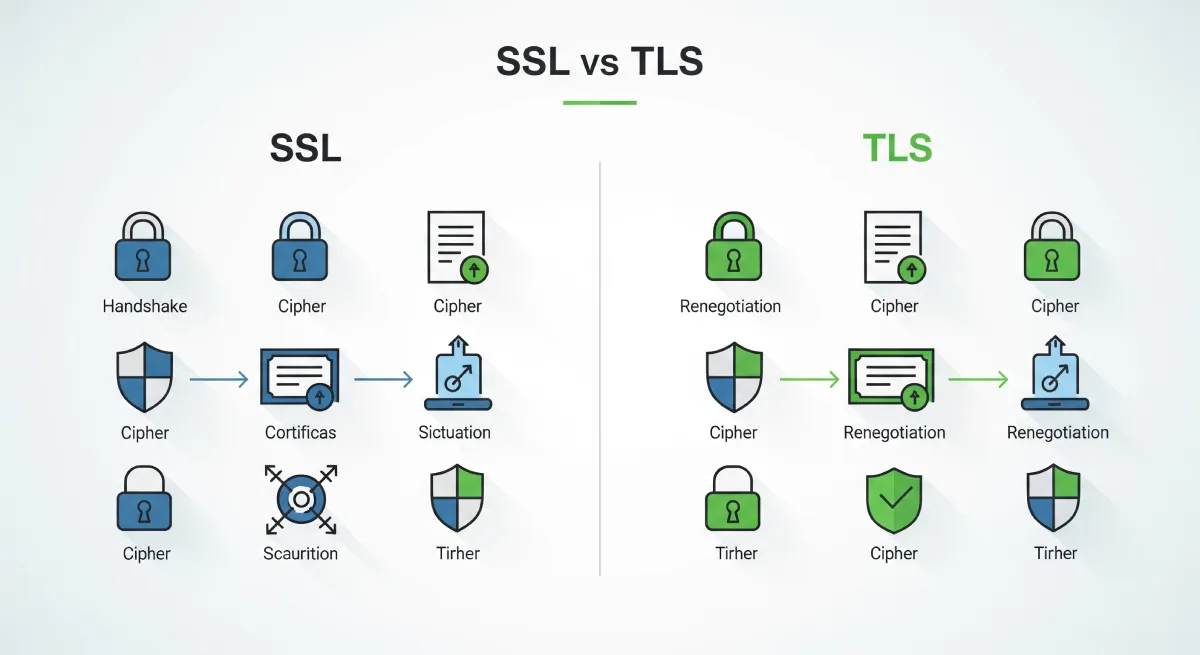Understanding system programming vs application programming is essential for software development. System programming focuses on creating low-level software like operating systems, while application programming deals with user-facing software like apps and tools. This guide explores their differences, features, and importance in computing.
System Programming: The Deep Dive
Kernel-Level Operations
System programming involves intricate interactions with the operating system kernel. Developers delve into the core of the system, where low-level operations shape the foundation of software functionality.
Hardware Interaction and Register-Level Programming
Navigating the world of system programming extends beyond software to hardware. Register-level programming is a critical aspect, emphasizing direct communication with the underlying hardware components.
Efficiency and Optimization Strategies
Optimizing code for peak performance is a hallmark of system programming. Strategies for enhancing efficiency and performance are explored, from algorithmic considerations to resource management.
Embedded Systems and Real-time Processing
In the realm of system programming, the focus extends to embedded systems, where real-time processing is a necessity. Understanding how to manage resources efficiently becomes crucial.
Application Programming: Bridging to the User
User Interface Design and Front-End Development
Application programming shifts the focus toward user-centric design. This involves crafting intuitive user interfaces and mastering front-end development to ensure a seamless user experience.
Cross-Platform Development
A key aspect of application programming is the ability to create software that transcends platform limitations. Developers explore the intricacies of writing code that runs seamlessly across different operating systems.
Software Usability and User Experience
In application programming, creating software that is not only functional but also user-friendly is paramount. This section explores the significance of software usability and the overall user experience.
Comparative Analysis: System vs. Application Programming
Performance Showdown
Conducting a comparative analysis, this section explores the performance disparities between system and application programming. Understanding the strengths and limitations of each approach is crucial for developers.
Writing Code for Both Realms
Many developers venture into both realms, mastering the intricacies of both system and application programming. This section offers insights for those seeking a holistic coding approach.
Key Difference between System Programming and Application Programming in the table
System Programming | Application Programming |
|---|---|
| It involves designing and writing computer programs that allow the computer hardware to interface with the user. | Any program designed to perform a specific function |
| It is done using assembly language which interacts with hardware. | Application programming is used to build application software which includes software. |
| It is written in Low-level instructions | It is written in High-level instructions |
| System software that executes the application software | Application software is a software that are been used by the end user |
| It helps operating system to interact with hardware | It interacts with system software |
| Kernel-level operations | User interface and front-end development |
| Direct communication with OS kernel | User-centric design focus |
| Register-level programming and hardware interaction | Primarily software-oriented |
| Efficiency and performance optimization | Usability and user experience optimization |
| Emphasis on embedded systems and real-time processing | Not a primary concern |
| Platform-independent, but less emphasis | Key aspect for ensuring software works across platforms |
| Low-level and closer to hardware | Higher-level, focused on user interactions |
| Conducting performance showdowns | Ensuring software functionality and user-friendliness |
| Deep dive into system intricacies | Focus on bridging to the user |
| Examples: Loader, Linker, Compiler | Examples: notepad, Word Pad, calculator, web browser |
| It is used to make device drivers kind of application. | It is used to make program designed to perform a specific function |
FAQs:
1. Is system programming more challenging than application programming?
System programming is often considered more challenging due to its low-level operations and direct interaction with the hardware. Application programming, while complex, focuses on user-centric design.
2. Can one be proficient in both system and application programming?
Yes, many developers master both realms, becoming proficient in system-level operations and creating user-friendly applications.
3. What are the key optimization techniques in system programming?
Optimization in system programming involves efficient use of resources, minimizing bottlenecks, and utilizing algorithms that enhance overall code performance.
4. How does cross-platform development benefit application programmers?
Cross-platform development allows applications to run seamlessly on different operating systems, expanding their reach and user accessibility.
5. Are embedded systems exclusive to system programming?
While closely associated with system programming, embedded systems can also involve application programming, particularly in creating specialized user interfaces.
6. What role does the operating system kernel play in system programming?
The kernel serves as the core of the operating system, and system programmers interact directly with it to perform low-level operations and manage system resources.
Conclusion
In the ever-evolving landscape of programming, understanding the distinctions between system and application programming is invaluable. This guide aims to empower developers, students, and tech enthusiasts with comprehensive insights, bridging the gap between these two fundamental domains.




